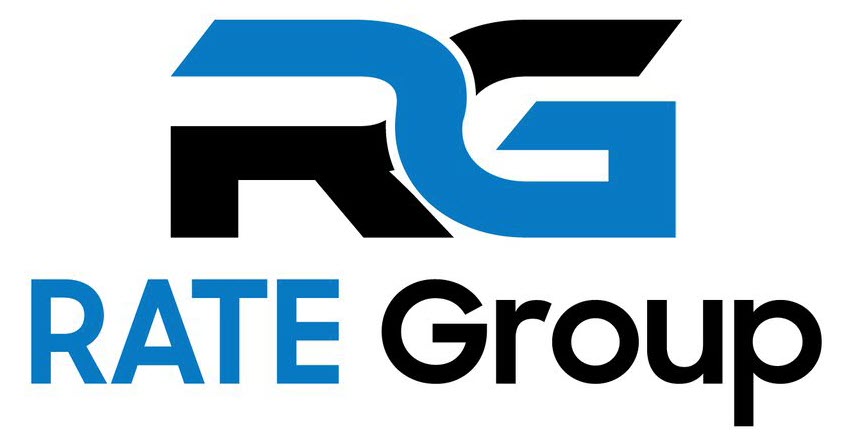
26 Sep Why Bitcoin’s hashrate didn’t actually crash 30% yesterday
[ad_1]
Yesterday, Bitcoin’s hashrate dropped a worrying 30 percent, causing exclamations of fear across the market—and widespread panic that the network may not be so secure.
But, not to worry, there’s a simple explanation—it just so happens to be a little complicated to explain. Here goes:
Bitcoin’s mining hashrate is a measure of the current amount of computational power expended to mine new blocks—to earn newly minted Bitcoin. Miners crunch these things called hashes, trying to find one that meets a set criteria. At the same time, the computing power expended on doing this secures the Bitcoin blockchain and processes transactions on the network.
And, recently, Bitcoin’s hashrate had set new highs, breaking above 100 exahashes per second (which is a lot). Yesterday, however, it fell from 98 exahashes to 67—an eye-watering 32 percent drop. But it all comes down to how the data is measured.
Since the Bitcoin network is decentralized, when you refer to the network,…
[ad_2]
Source link

